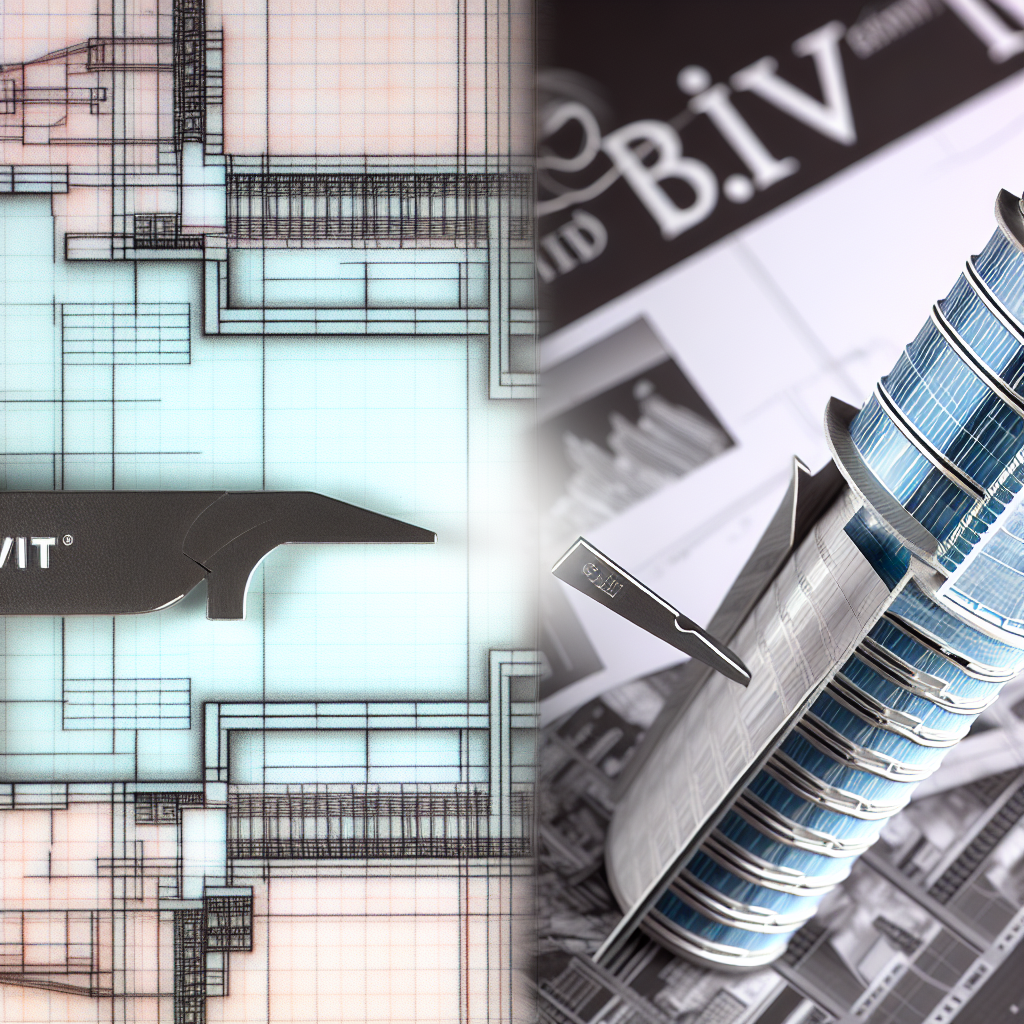Choosing the right Building Information Modeling (BIM) software is crucial for architects and engineers aiming for efficiency and accuracy in their projects. With **Chief Architect** and **Revit** standing out as top contenders in 2025, understanding their features, strengths, and suitability can help professionals make informed decisions. Let’s explore which BIM platform is the best choice for your architectural or engineering needs today.
Understanding the Core Differences: Chief Architect vs Revit
Both **Chief Architect** and **Revit** serve the building industry, but they are designed with different user bases and project types in mind. **Chief Architect** has traditionally been favored by residential designers, interior designers, and smaller firms, emphasizing ease of use, intuitive interface, and detailed home design tools. Conversely, **Revit**, developed by Autodesk, is a comprehensive BIM platform that caters primarily to large-scale commercial projects, interdisciplinary collaboration, and complex structural modeling.
The key distinctions lie in their approach to design and collaboration:
- Workflow and Complexity: Revit supports multi-disciplinary collaboration with a robust database that manages project data across architect, structural engineer, MEP, and construction teams, making it ideal for large projects with complexity. Chief Architect offers a more streamlined workflow suited for residential and interior projects where simplicity and speed are paramount.
- User Interface: Chief Architect is praised for its user-friendly interface, accessible to those without specialized BIM training. Revit, while powerful, has a steeper learning curve but offers extensive customization and integration capabilities.
Considering these fundamental differences, your choice depends on the scale of your projects, the level of collaboration required, and your team’s expertise. For smaller firms or residential design, Chief Architect often provides an easier, more cost-effective solution. For large-scale, multi-disciplinary projects, Revit’s comprehensive toolkit makes it the preferred choice.
Future Outlook and Considerations for 2025
As we look toward 2025, the BIM software landscape continues to evolve, influenced by technological advancements such as cloud collaboration, AI integration, and interoperability standards. **Revit** is poised to lead due to its extensive ecosystem, adaptability, and integration with other Autodesk tools, making it suitable for firms aiming to adopt cutting-edge practices. **Chief Architect**, meanwhile, is likely to remain a favored tool among residential designers, emphasizing simplicity and rapid prototyping, with ongoing improvements in automation and features tailored for home and interior projects.
When choosing the best BIM software for 2025, consider:
- Project Scale & Complexity: Large, complex projects benefit from Revit’s collaborative features. Smaller, residential, or interior design projects may find Chief Architect more efficient.
- Interoperability & Ecosystem: Revit’s compatibility with a broad range of industry software and standards is a significant advantage for integrated project workflows.
- User Skill & Training Resources: Ease of learning can influence initial productivity; Chief Architect offers a gentler learning curve, whereas Revit requires more dedicated training.
Ultimately, the choice between **Chief Architect** and **Revit** hinges on your specific project needs, team capabilities, and future goals. Both platforms are continually advancing, making them valuable tools for architects and engineers aiming for efficiency and precision in 2025 and beyond.
Conclusion
Both **Chief Architect** and **Revit** have their strengths and ideal use cases. For small to medium residential and interior projects, Chief Architect offers simplicity, speed, and affordability. Conversely, Revit’s advanced capabilities, collaboration features, and integration make it the best choice for large-scale, multidisciplinary projects. Assess your project scope and team skills to determine which BIM tool best aligns with your 2025 goals.
